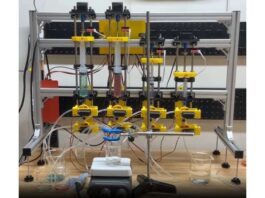AMD releases the source code for the Radeon Ray tracing Analyzer and the new Radeon Data File extension.
The Radeon Ray tracing Analyzer was introduced by AMD earlier this year to help with performance and “bottlenecks.” As with the majority of earlier tools and applications, the firm has not publicly shared the code; but, a week ago, it declared that it had done so as part of its ongoing commitment to coding openness.
According to AMD, users will be able to track the performance of applications that employ raytracing and identify any potential problems that might occur when using it. AMD has also released the AMD Radeon Data File, a library on GitHub under the name “amdrdf,” which will enable developers to read Radeon Data Files or RDFs, along with the news that RRA code will be made publicly available. Particularly for people who have used the Radeon Raytracing Analyzer when it was first released, RDF is already in use.
The Radeon Raytracing Analyzer application from AMD finds places in a scene that raytracing could improve using traversal and geometrical modes as well as certain colouring settings. Using the Radeon Developer Panel and an open source GPU driver, AMD has made this procedure simpler. For optimization, the RRA supports DirectX 12 and Vulkan ray-tracing techniques.
The advantages of RRA enable developers to as follow:
- access to the TLAS (Tuned Linear Algebra Subprogram) and BLAS acceleration structures (Basic Linear Algebra Subprogram) information.
- inspect the scene.
- evaluate the ray traversals and visualise the scene.
- inspect instances are informed about each BLAS in every scene.
The Radeon Raytracing Analyzer serves as a software storage medium for the Radeon Data File. The RDF is a “container file” that describes how proper disc space maintenance is carried out, together with compression support in an application that is simple to use for developers.




